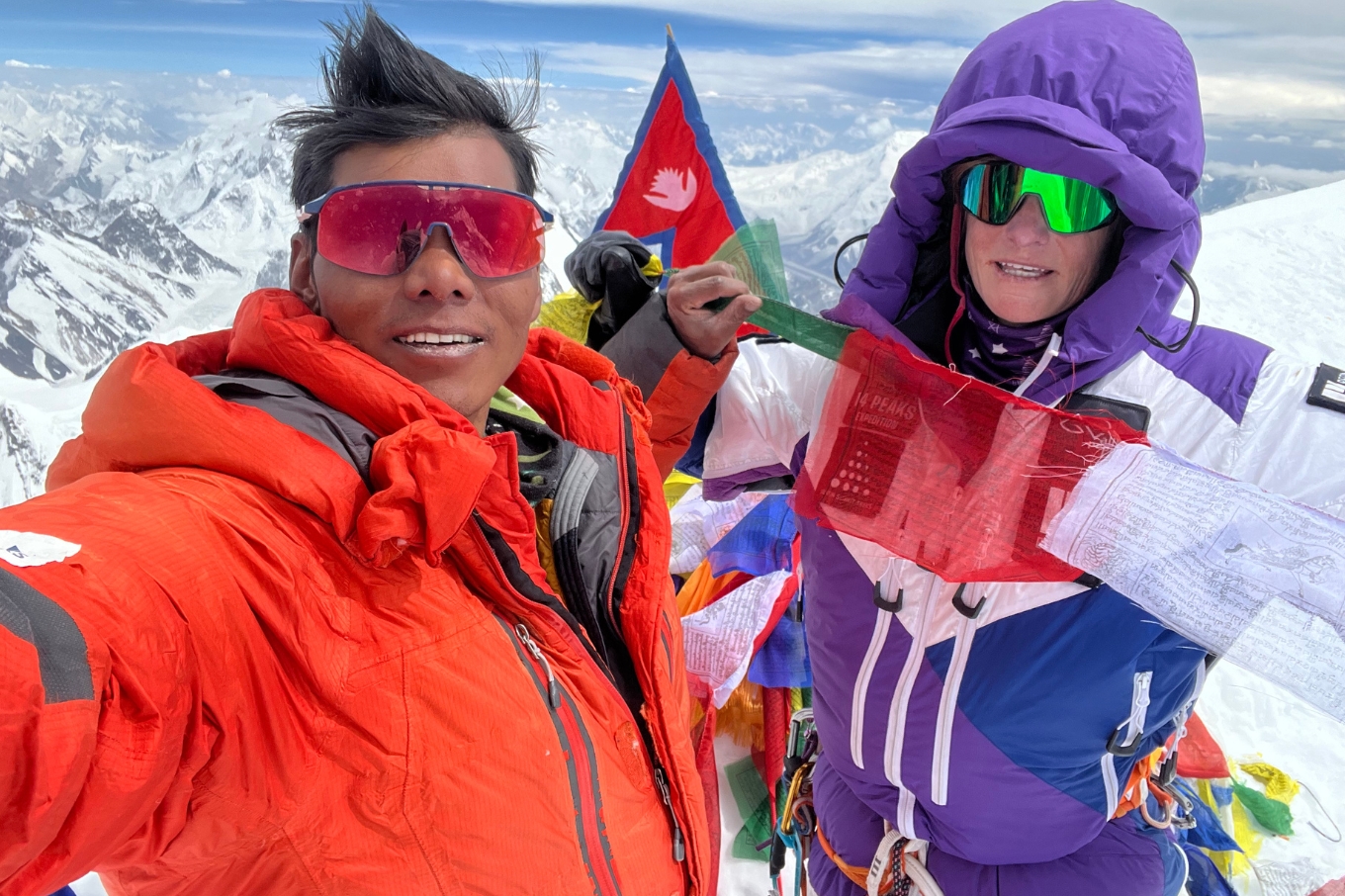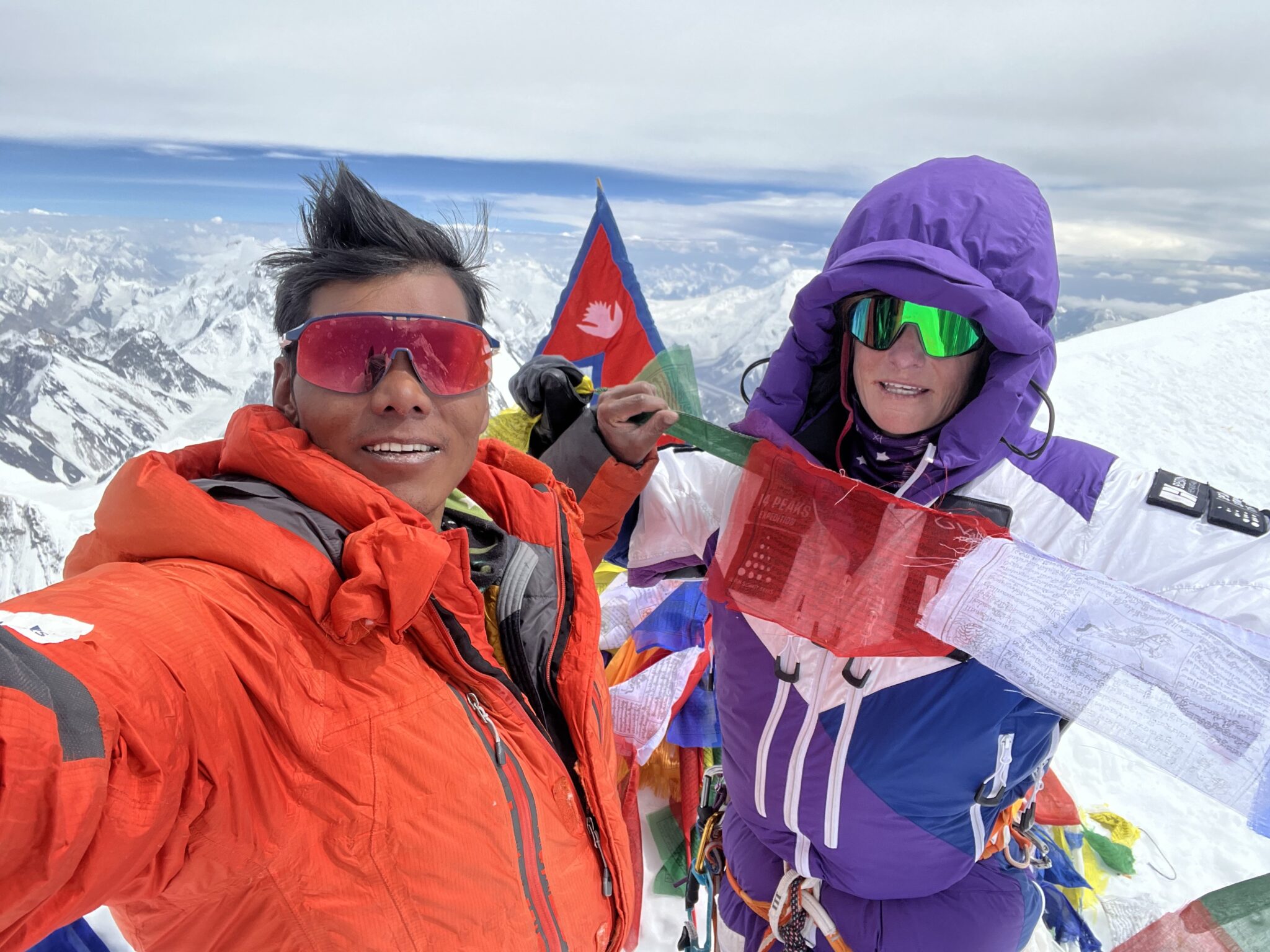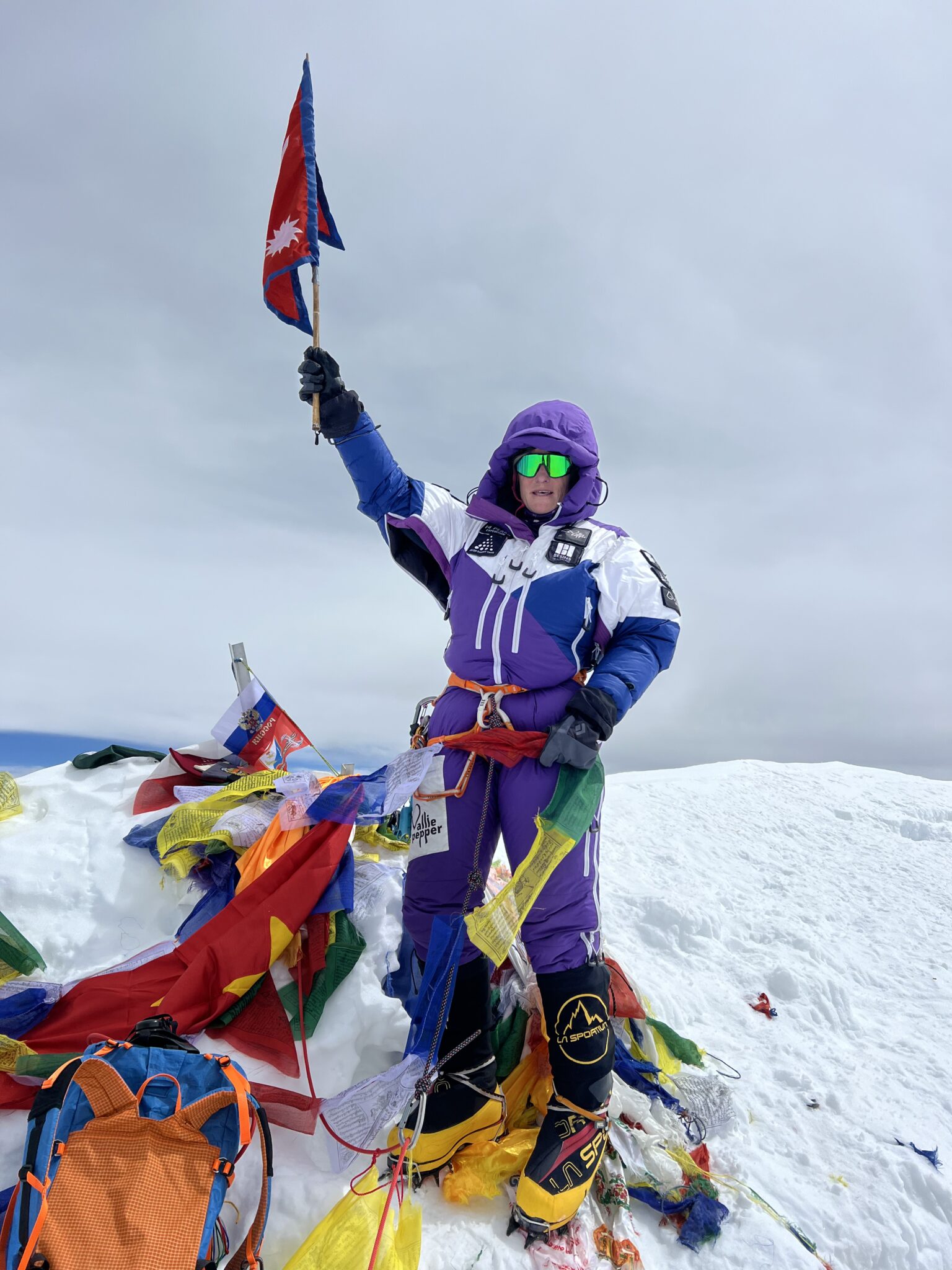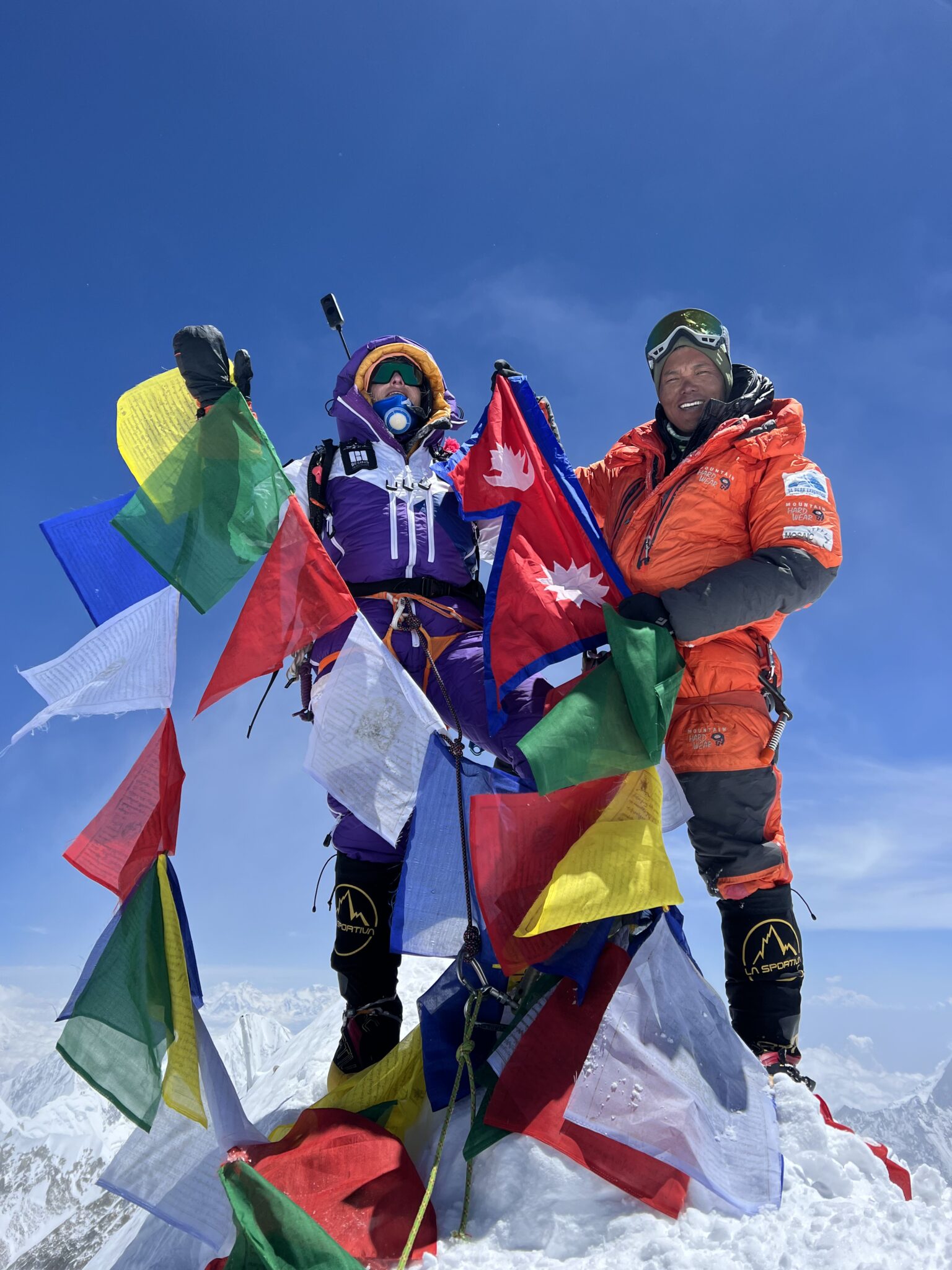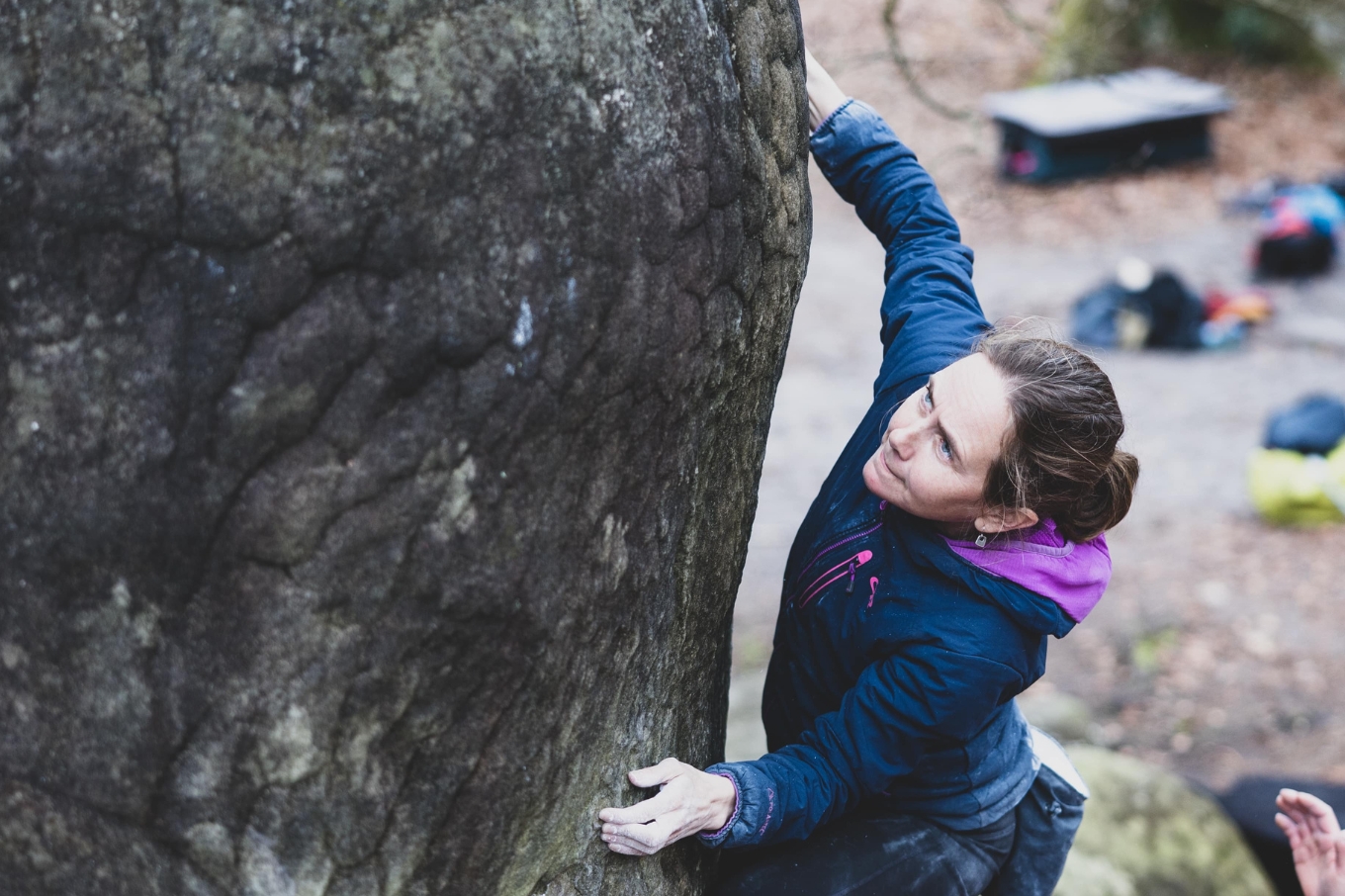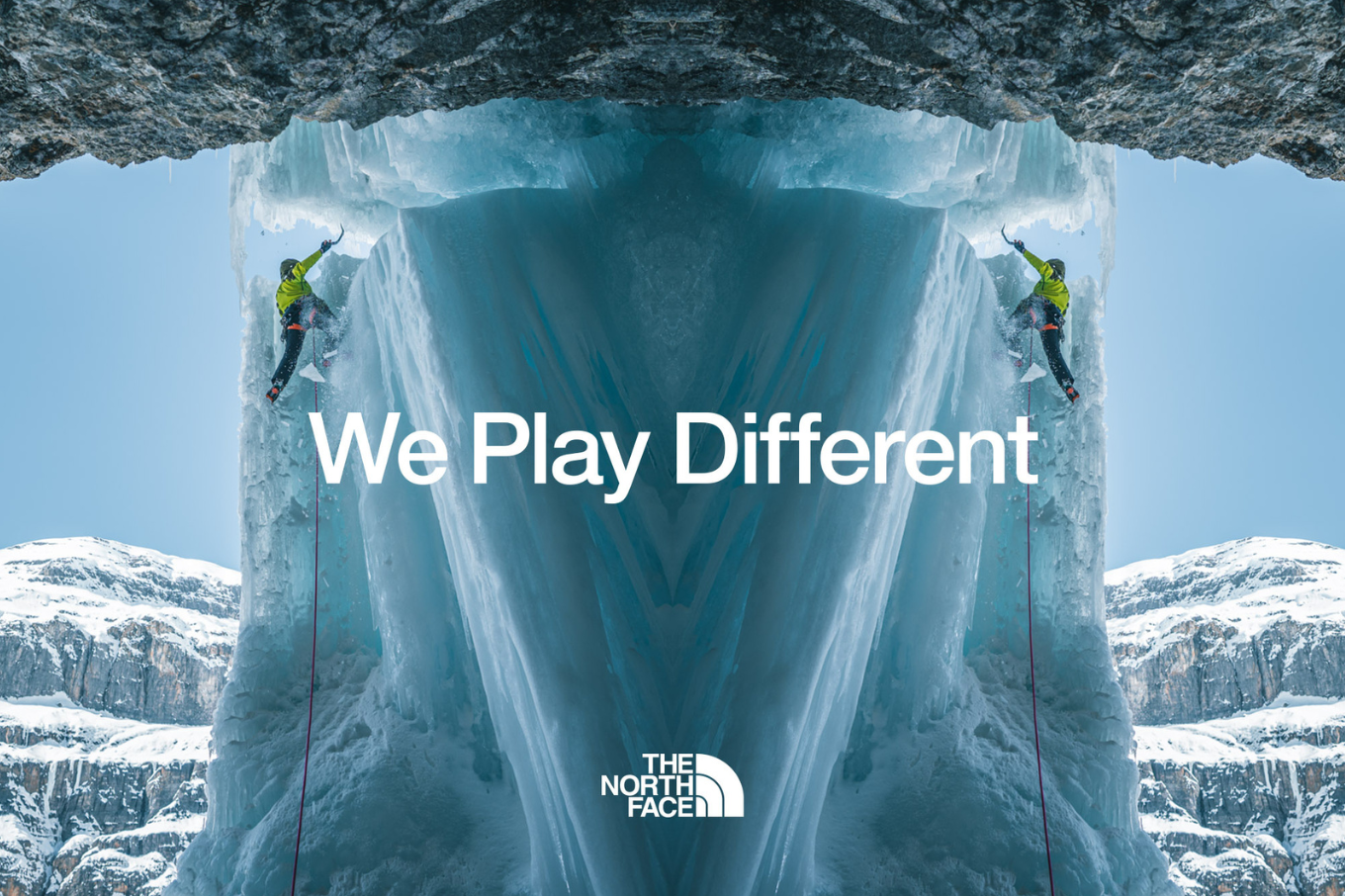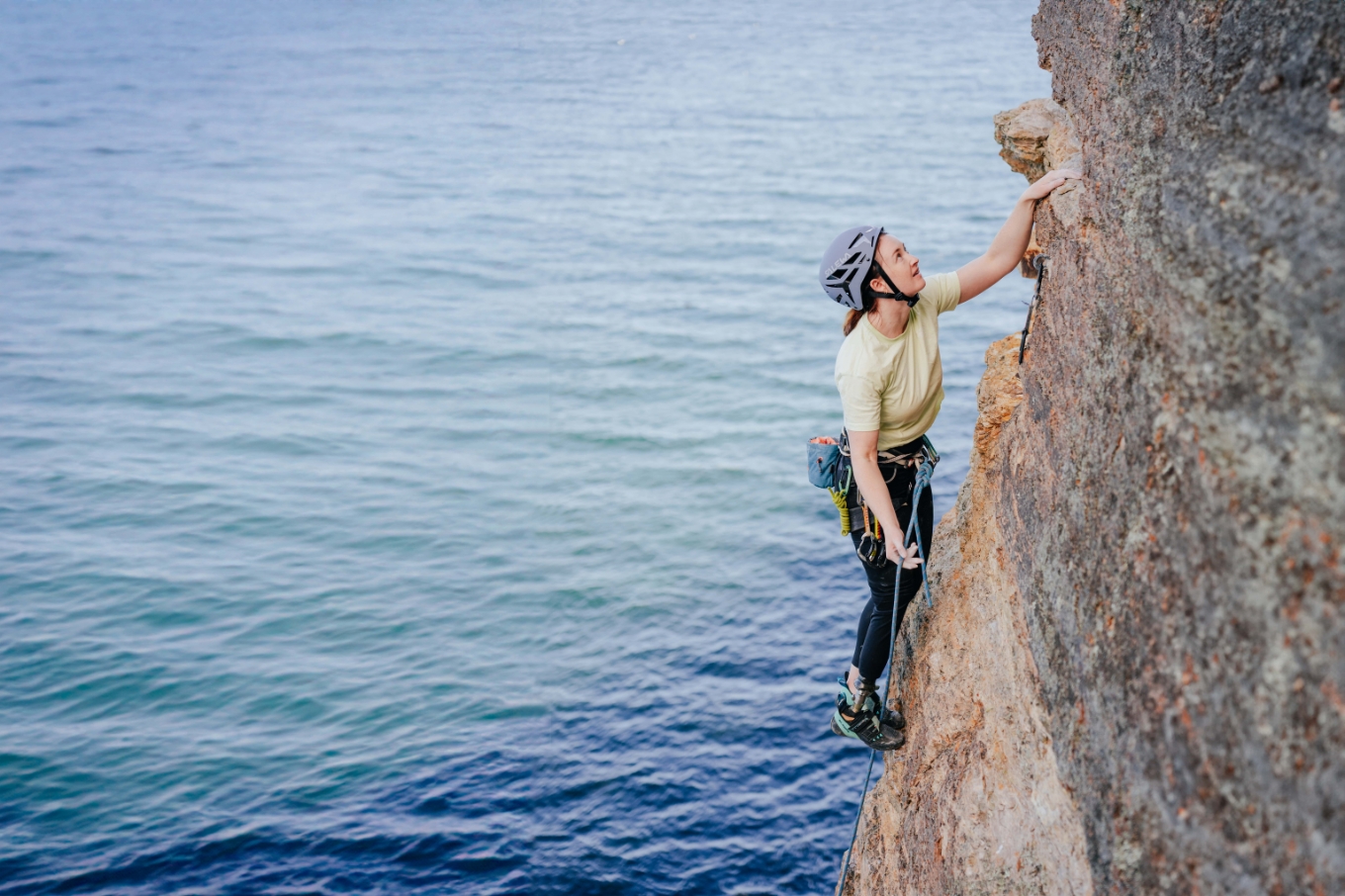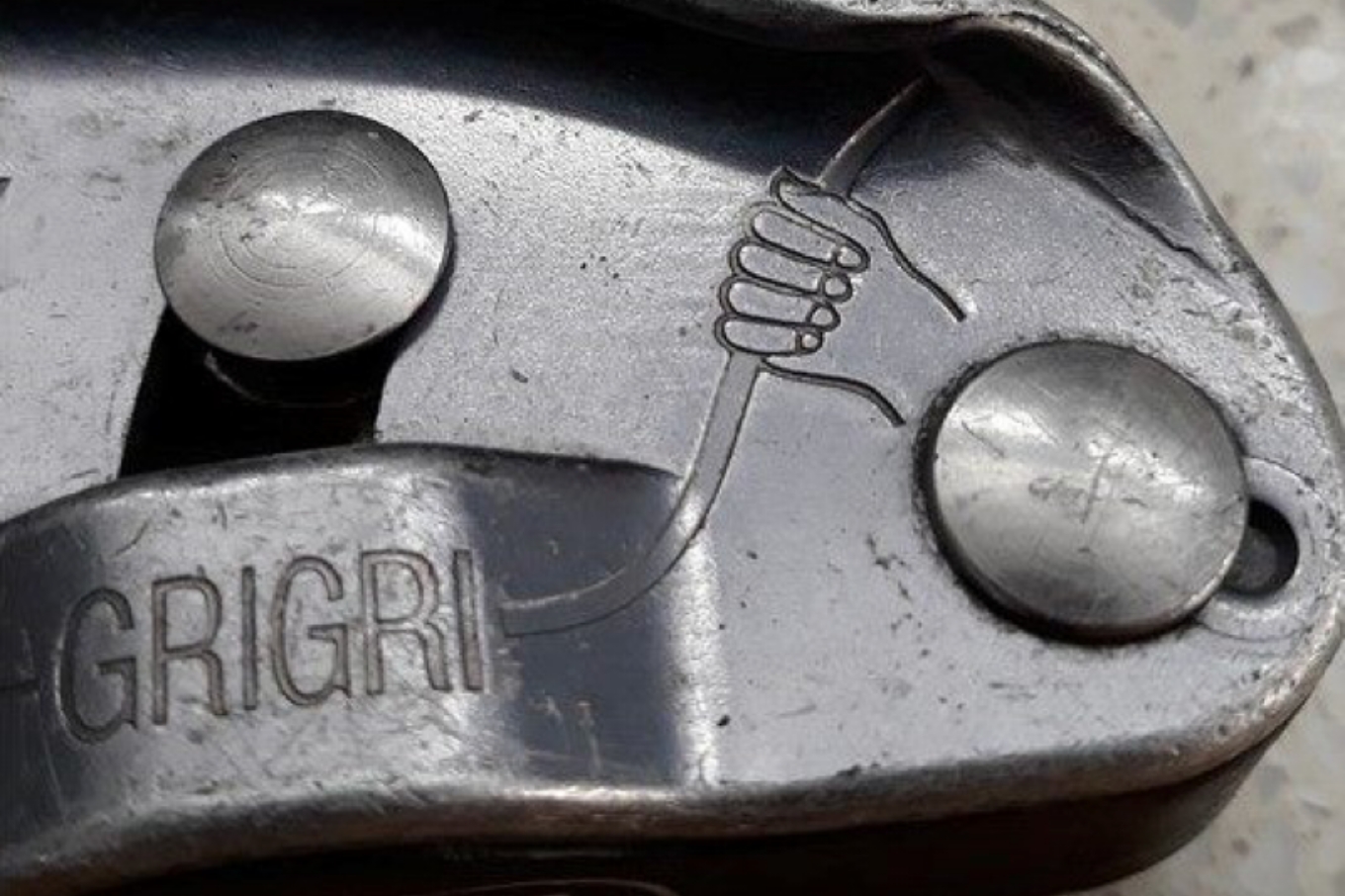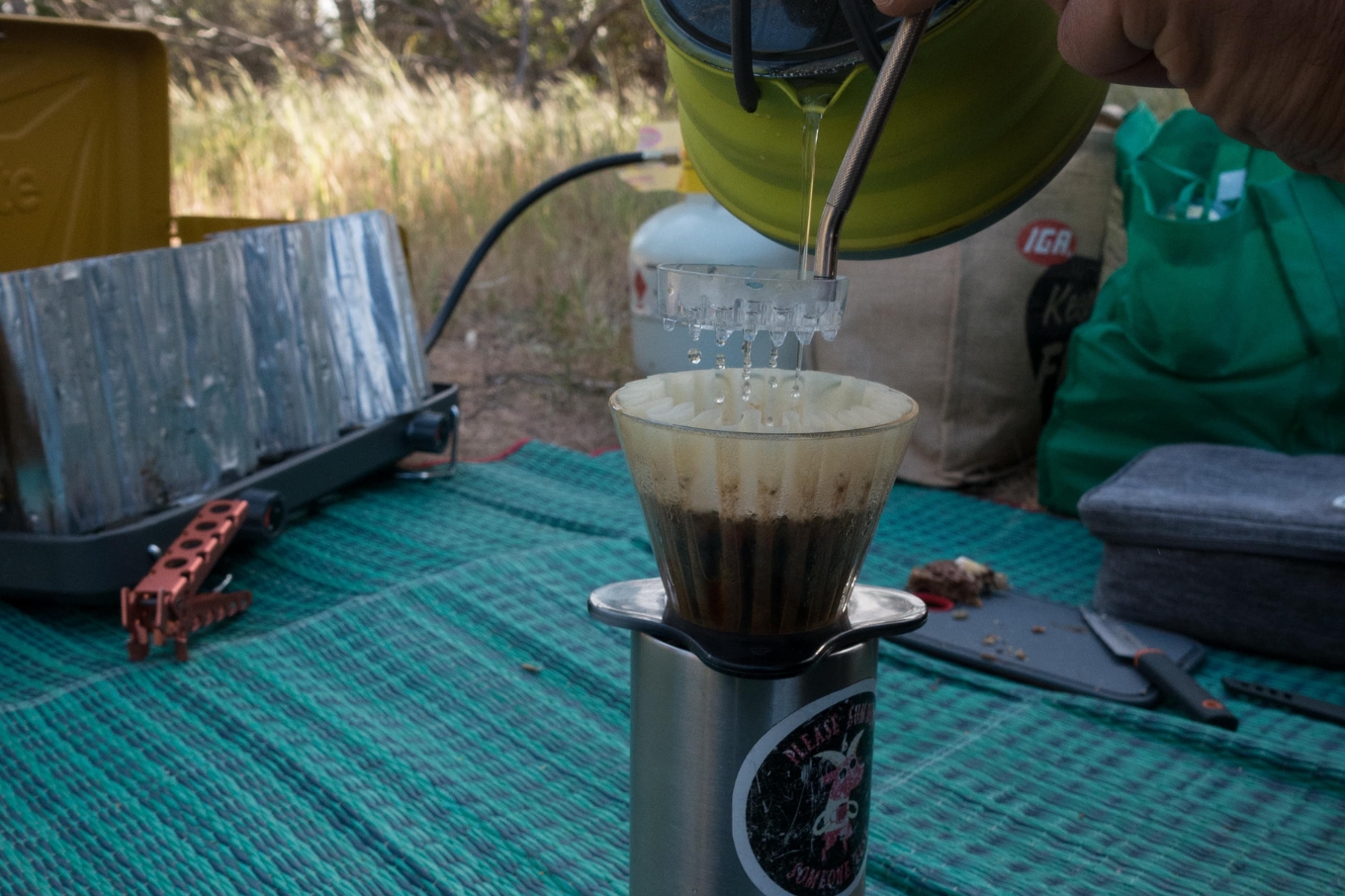Updates from Altitude
Words: Allie Pepper
Aussie mountaineer Allie Pepper is attempting to climb the world’s 14 highest peaks without supplemental oxygen in record time. With Broad Peak (8051m), Manaslu (8163m), Annapurna 1 (8091m) and Makalu (8485m) ticked, she and her partner Mikel Sherpa headed up K2 at the end of July–returning just in time to send us an update before VL went to press!
On 1 July, Mikel and I flew into Islamabad, then on to Skardu the next morning. A five hour drive the next day took us to the remote village of Askole, which marks the start of the trek to K2 Base Camp. The trek alone is an adventure of epic proportions. Along the way, you can see Broad Peak and K2 up the Godwin Austin Glacier.
When we arrived at Base Camp, I had some catching up to do to get ready for the summit push as I was no longer acclimatised from Makalu. The weather had also not been good, and ropes had not yet been fixed all the way to Camp 3.
Mikel and I had planned to go up the mountain to sleep at Camp 3 for one night before our summit attempt. However, K2 had other plans for us. When we began climbing it became extremely windy, and we were forced to spend the night at Camp 1, hoping the wind would die down. One night turned into three nights at 6,090 metres. The wind did not abate, but we decided to go up anyway to Camp 2, which was cold and difficult in the conditions. Unfortunately , the wind just did not let up. After two nights at 6,650 metres at Camp 2, the forecast had only worsened, so we decided to come down. Leaving the camp, I could hardly walk, with winds at 80 to 100 km/hour. This first rotation was not ideal for climbing to 8,611 metres without oxygen.
The jet stream continued to hang around the mountain for the next week. Finally, we had news of a weather window around 27 to 29 July. It was time to head back up the mountain. We left a day earlier than most people because I didn’t want to go straight to Camp 2 in a day.
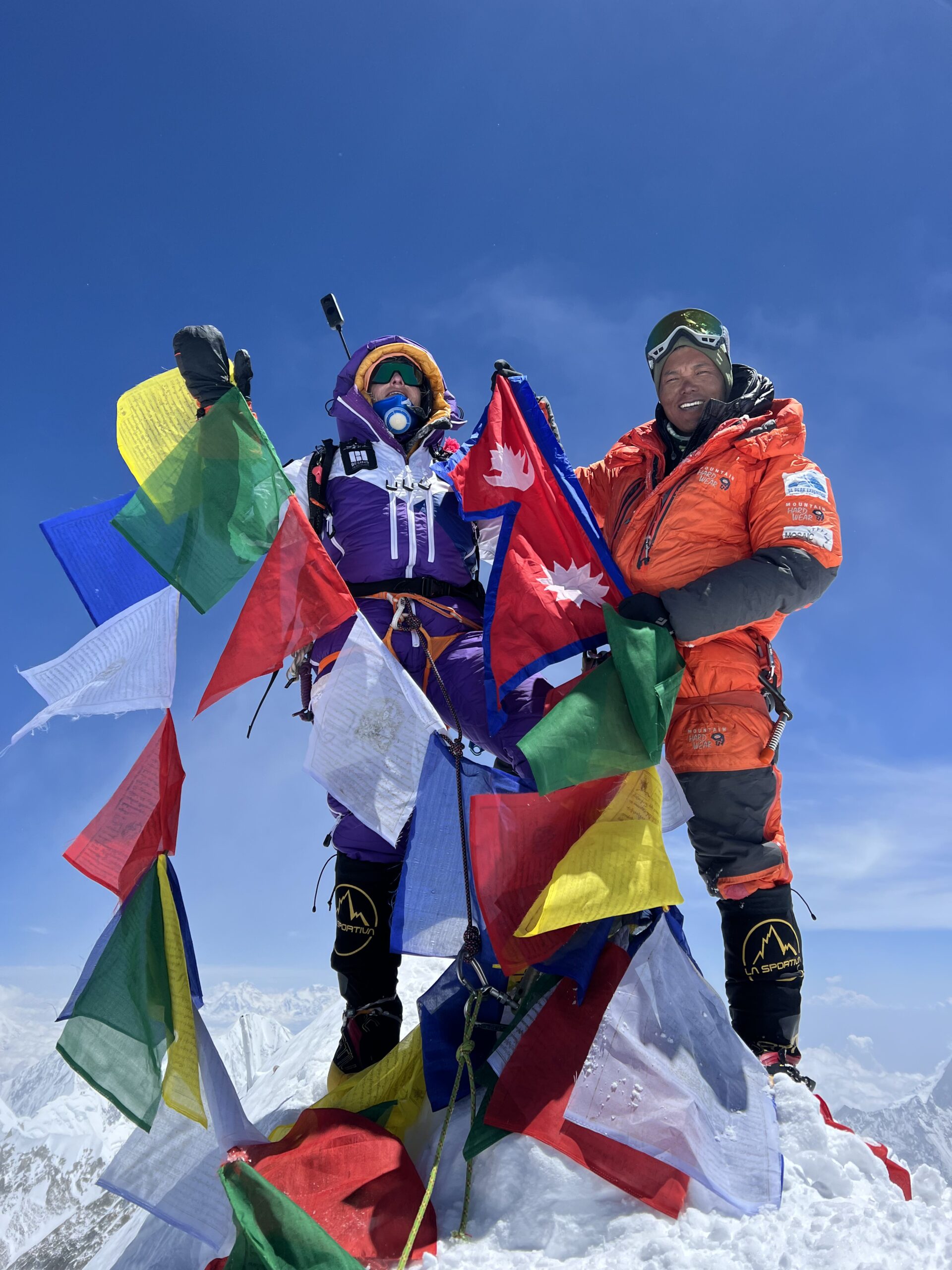
On the 24th, Mikel and I climbed to Camp 1; it took seven and half hours. It was still windy, but forecasts had said it would start to ease the next day. On the 26th we left for Camp 3 around 7:30am. The route to Camp 3 is very steep and technical, including a vertical cliff called the Black Pyramid. It was a long day.
We had planned to leave for the summit the next night on the 27th. However, just as we were ready, we got news that the ropes had only been fixed to the bottleneck at around 8,200 metres. We chose to wait another day; I wasn’t using oxygen and did not want to stand around waiting for rope fixing above 8,000 metres because I knew I would get too cold. We had another rest day at Camp 3 which I assumed would help my acclimatisation. In hindsight, we should have moved to Camp 4 that morning, a few hundred meters higher.
That evening on the 28th at exactly 5:55pm I left the camp to head to the summit. Mikel would follow behind me. I climbed for a couple of hours alone, in front of everyone, until he caught up with me below Camp 4. We had been sheltered from the wind until then, but as I climbed up a vertical section to the camp the wind hit me once again. It was draining my energy trying to keep warm. I continued as Mikel stopped at the camp for a rest. Then I stopped to adjust my buff. For perhaps two minutes I took my gloves off to sort it out. This was a huge mistake as my fingers went completely numb. Mikel caught up to me and I couldn’t talk. He had my mitts in his pack, and I needed them. He helped me put them on, there were a lot of tears as I got the screaming barfies. After around 30 minutes I could feel my fingers again, and thankfully I have no long-term injury from this short incident.
At 10:08am past the bottleneck, just below where the body of John Snorri came to rest, I stopped. It was in the middle of an ice wall at 8,320 metres. I was going too slow. We had asked climbers coming back from the summit how far away we were. They were all using oxygen, and said around three hours. I knew at that altitude without oxygen, it would take me more than double that time, meaning I wouldn’t reach the summit before 4pm.
This was not acceptable or conducive to survival on K2. I knew 100 percent that I was not able to climb faster; in fact, if anything, the higher I got, the slower I would go. I had to decide. I knew I couldn’t summit without using oxygen in time and come down safely. Usually in this situation I would simply turn around and head back down. However, we were only 300 metres in altitude from the summit. Mikel had come all this way by my side and he would also have to turn around and go down. He was carrying a spare emergency bottle of oxygen for me, as well as the one he had been using since the camp.
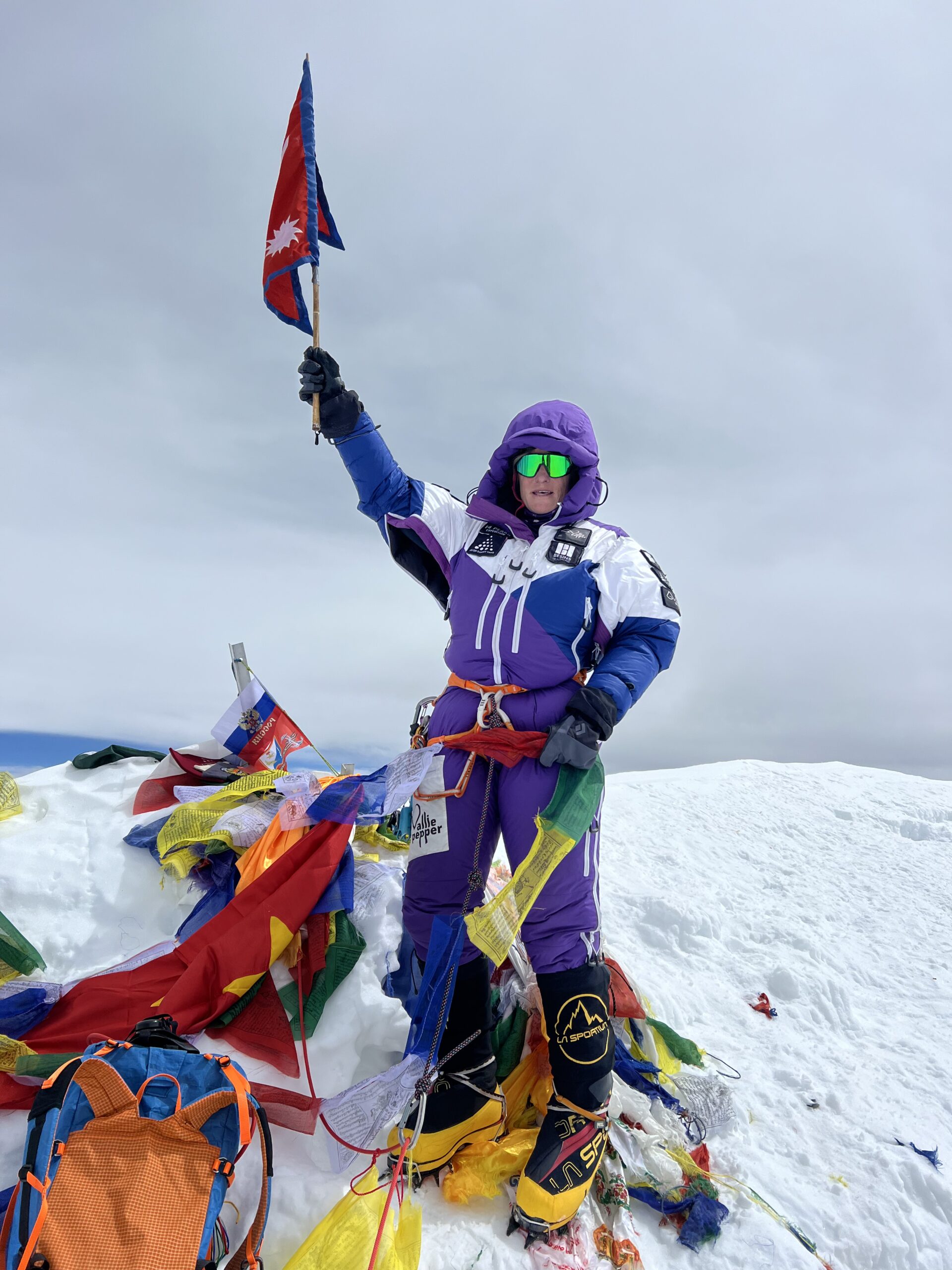
I realised I wanted us to stand on the summit together. The weather was amazing, there was no wind. I would have to come back anyway so why not make the summit now as well as later without oxygen?
I told Mikel I would use the spare oxygen bottle to summit. He was very happy as he didn’t want to turn back, but also didn’t want me to continue going up without oxygen. Once I put on the oxygen mask I was able to continue at a solid, steady pace. I was already exhausted, so it didn’t work magic, but it helped a lot. After four hours, we reached the summit. It was so hot I remember thinking it would be possible to stand on the peak in only a swimsuit. I have never experienced that on an 8000er before. With clear skies and a 360-degree view, it was the type of summit dreams are made of. ,
The descent was as expected—difficult and painful. We ran into many climbers who were exhausted and struggling. One way or another, thankfully, we all got back to camp that night. Mikel and I rolled into the tent at 8pm, approximately 26 hours after I left the day before. I was so grateful to be alive, to be able to stop walking and abseiling, and to finally let my body go to sleep.
The next day was beyond epic, getting down from Camp 3 back to Base Camp took around 11 hours. There was high wind, a lot of waiting at abseils, falling rocks and boulders, avalanches and waterfalls where previously there were snow slopes. I thought we would never make it back. Then two days later there was the hike out. More falling rocks and boulders, an avalanche, a horse ride, a bridge destroyed by a flooded river and having to cross sitting in a wooden box attached to a cable.
Am I disappointed that I did not achieve my goal to summit K2 without oxygen? I am blessed to survive, and I am grateful to have made the decisions that led to a successful summit. I am grateful that I did not put anyone else’s life in danger, including my partner Mikel, because of my decisions. I have many lessons to learn for my next climb on K2. It would be a lie to say no part of me is disappointed, but more than anything, I am proud.

